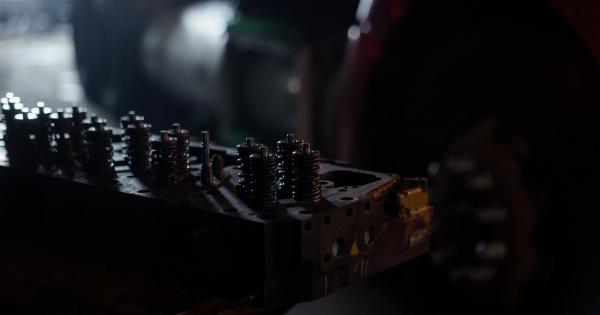Metropolitan Hospital in New York City is leading the way in a new and innovative approach to repairing the mitral valve.
Traditionally, mitral valve repair has been performed through open-heart surgery, which can be invasive and require a long recovery time. However, with Metropolitan Hospital’s new transdermal approach, patients can undergo mitral valve repair without the need for open-heart surgery.
What is the Mitral Valve?
The mitral valve is one of four valves in the heart that regulates blood flow. It is located between the left atrium and left ventricle and controls the flow of oxygen-rich blood from the lungs into the rest of the body.
When the mitral valve is functioning properly, it opens and closes tightly with each heartbeat. However, when the valve is damaged or weakened, it can cause a number of health problems.
Traditional Mitral Valve Repair
Traditionally, mitral valve repair has been performed through open-heart surgery. This involves making a large incision in the chest and stopping the heart so that the surgeon can repair or replace the damaged valve.
While this approach has been effective in many cases, it can be invasive and require a long recovery time.
The Transdermal Approach
With Metropolitan Hospital’s transdermal approach, mitral valve repair can now be performed without the need for open-heart surgery. Instead, the surgeon makes a small incision in the upper thigh and inserts a catheter into the femoral vein.
The catheter is then threaded up into the heart and used to repair the damaged mitral valve.
Benefits of the Transdermal Approach
The transdermal approach used by Metropolitan Hospital offers a number of benefits over traditional open-heart surgery. These benefits include:.
- Minimal scarring
- Faster recovery time
- Reduced risk of complications
- Limited need for blood transfusions
Who is a Candidate for Transdermal Mitral Valve Repair?
Not all patients with mitral valve damage are candidates for the transdermal approach. In general, candidates for this type of repair must meet the following criteria:.
- Have a specific type of mitral valve damage that can be repaired
- Are in otherwise good health
- Are not at high risk for complications during the procedure
The Transdermal Mitral Valve Repair Procedure
The transdermal mitral valve repair procedure typically takes between one and three hours to complete. During the procedure, the patient is given general anesthesia to ensure that they are asleep and pain-free throughout the procedure.
Once the patient is asleep, the surgeon makes a small incision in the upper thigh and inserts a catheter into the femoral vein. The catheter is then threaded up into the heart and used to repair or replace the damaged mitral valve.
Once the valve has been repaired, the catheter is removed and the incision is closed using stitches.
Recovery from Transdermal Mitral Valve Repair
One of the biggest advantages of the transdermal approach to mitral valve repair is the shorter recovery time. Most patients are able to return home the day after the procedure and can resume normal activities within a few days or weeks.
During the recovery period, patients may experience some soreness or bruising in the upper thigh area. Pain medications can be used to manage any discomfort.
In addition, patients may be advised to avoid strenuous activities for several weeks after the procedure.
Potential Risks of Transdermal Mitral Valve Repair
As with any surgical procedure, there are some potential risks associated with transdermal mitral valve repair. These risks include:.
- Bleeding
- Infection
- Allergic reactions to anesthesia or medications
- Damage to nearby organs or blood vessels
- Complications related to the heart or circulation
Conclusion
Metropolitan Hospital’s transdermal approach to mitral valve repair represents a major step forward in the treatment of this condition.
By eliminating the need for open-heart surgery, patients can enjoy a faster and less invasive recovery, while still receiving effective treatment for their condition.



























